Giles Babbidge takes a comprehensive look at the best kit for long-distance photography and far-away subjects
Very often, it’s not possible to get as close to our subject as we’d like. This can be due to restricted access, the limitations of our photography gear, a lack of time, or some other factor outside of our control.
While some things are non-negotiable, there are always ways we can improve our chances of getting great pictures of subjects in the distance - and in this guide, we’re going to run through just a few of the kit options.
Lens choice
Telephotos
Big, powerful lenses tend to spring to mind when we think of capturing distant subjects. It’s worth knowing though that this doesn’t necessarily have to involve the likes of high-end 600mm beasts, which can leave you little change from £10,000. You can look into more modest offerings of up to around the 300mm mark.
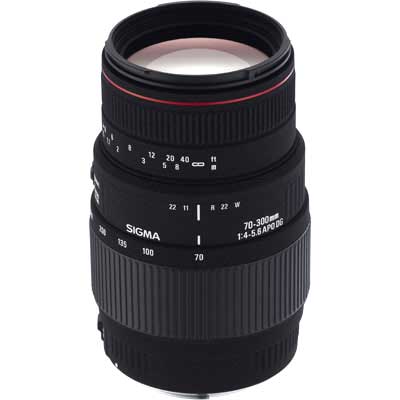
Sigma 70-300mm f4-5.6 APO Macro Super DG lens
By using something like a 70-300mm zoom, for example, you will have great flexibility when it comes to framing. There’s also the convenience to consider – these lenses are great for photo walks where you only want to carry one lens to cover a range of distances.
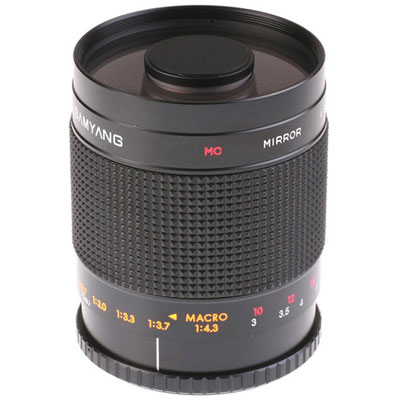
Samyang 500mm f8 DX MC IF Mirror T-Mount Lens
For a more economical way of reaching the heady heights of super-telephoto, you might like to consider a mirror lens. These are not without their foibles – they’re manual focus, fixed-aperture and produce ring-shaped out-of-focus highlights – but they are certainly a viable option for DSLR users when used in conjunction with a T2 universal adapter mount.
Wideangle / shorter focal-length lenses
There is nothing to say that far-away details can’t be captured with smaller focal-length lenses. In fact, shooting this way can actually be extremely advantageous; dramatic skies can be included for impact, your subjects can be given context by including their surroundings, and scale can be shown for full effect. The possibilities are many.
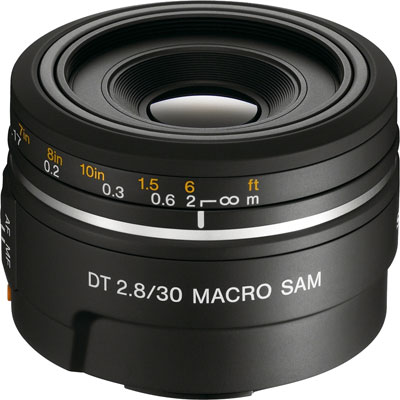
Sony DT 30mm f2.8 SAM Macro Lens
Lenses in the range of around 10-35mm ideally fit the bill here, and options are available for all camera systems.
Teleconverters
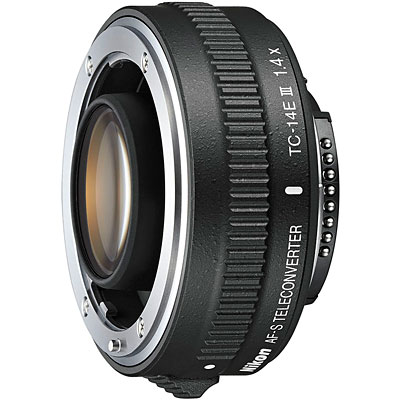
Nikon TC-14E AF-S Teleconverter III
Another way to get closer to distant details is to use a teleconverter. In a nutshell, these range extenders fit between your camera body and the lens, typically multiplying the focal length by 1.4x or 2x.
Compatibility should be checked before purchase, however, as not all lenses/functions work in conjunction with all seemingly suitable converters.
An option for fixed-lens cameras is to fit a conversion lens at the front end. In this instance, your best starting point is to check whether such a dedicated product is available from the manufacturer of your particular camera.
Camera/lens support
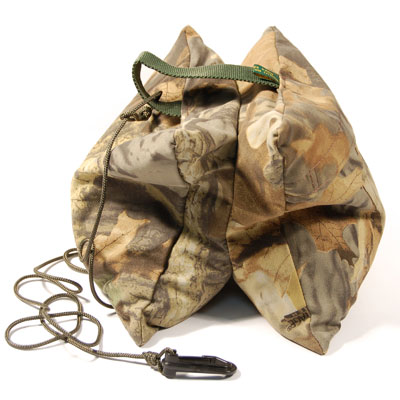
Wildlife Watching Small Double Bean Bag
It’s worth briefly mentioning camera support. Especially when working with larger focal lengths, you will notice on occasions that camera-shake can be an issue when viewing a scene through your camera. A method of keeping things steady is often going to be required.
A tripod is an obvious solution, but this is not always feasible. A monopod might be a good compromise in certain shooting situations, but there are other options…
Beanbags can be a great alternative and are often overlooked. They aren’t suitable in all situations, however, when you have a convenient resting surface to hand, they are perfect. They can be quickly perched on top and will conform to the shape of your camera/lens setup.
Bean bags can be used on car doors, window ledges uneven ground and more, allowing your camera to be precisely levelled.
Compact and portable, beanbags are available either pre-filled or as an empty liner into which you add your filling of choice (rice, sand and polystyrene balls all work well). Alternatively, you can make your own from scratch, tailoring it to your own requirements.
Further thoughts…
If you are a keen wildlife watcher or star-gazer, an adapter can enable you to attach your camera to a spotting scope or telescope (again, frequently in the form of one of the aforementioned T2 mounts).
There are occasions, though, when we simply can’t get as close to far-away details as we would like at the time of pressing the shutter. All is not lost here, though, as post production can come to the rescue.
Of course, it’s always preferable to frame up the picture how we want it in the first place, but there’s nothing wrong with a little cropping after the event. Just make sure that your picture holds up well to begin with (check focus and sharpness of the original file, for example), and you may well find that a little selective re-framing goes a long way to producing a very strong final image.
About the Author
Giles Babbidge is a commercial and editorial photographer based in Hampshire. He travels all around the UK and works with a wide range of clients – you can find out more about his day-to-day activities over at his website.
Related articles
The Best Photo Kit for the Frequent Traveller
How to Choose Your One-camera, One-lens Setup for a Day Out
10 Affordable Lenses for Canon Users

